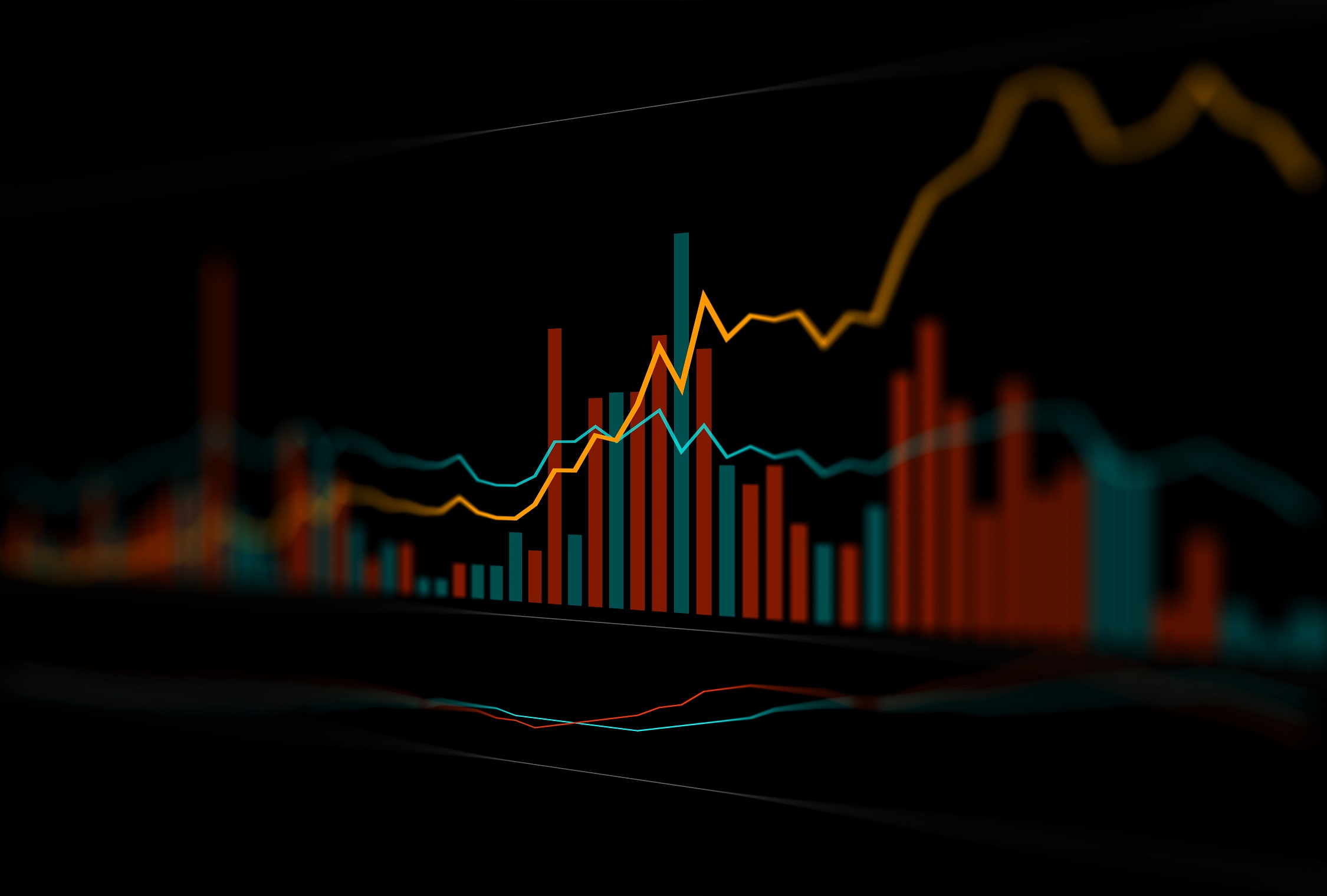Earlier this year, the Canadian yield curve inverted for the first time since 2007. Given the implications of Canada’s yield curve for the broader economy and its stock market, that got a lot of people talking.
But what exactly is the yield curve, and what are its implications for you, the investor?
Understanding the yield curve
The yield curve is essentially a graphical illustration of what it costs investors to borrow money for different lengths of time.
If the yield curve were upward sloping, that would mean that it would cost investors more money to borrow capital for 20 years than it would to, say, borrow money for two years.
The yield curve is important, because it reveals to investors market expectations for things like inflation and interest rates.
An upward sloping yield curve is what you want to see
Generally speaking, an upward sloping yield curve indicates a positive outlook for the economy. An upward sloping yield curve indicates that interest rates are expected to increase over time. That’s good, because interest rates generally go up when the economy is doing well. It also indicates positive expectations for inflation, which is also tied to interest rates and economic growth.
That said, the job of central bankers is a very difficult one and a tedious balancing act at the best of times.
If central bankers, for example, were to raise interest rates faster than underlying economic growth and inflation, that can end up leading to a recession — and a downward, or inverted, yield curve — and that’s not something you want to see.
An inverted or downward sloping yield curve
An inverted or downward sloping yield curve basically occurs when central banks “overshoot” their expectations for growth and inflation.
Essentially, this means that the central banks raised their policy interest rates “too far, too fast,” and in doing so, have run the risk of bringing the economy into a recession.
As a result, these central bankers need to take a counter response and lower their long-term interest rates, which gives way to the downward sloping yield curve.
A flat, or humped yield curve
A flat, or humped yield curve occurs more rarely than the first two and is generally a precursor to the yield curve transitioning from upward sloping to downward sloping, or vice versa.
Investors will want to be on the lookout for a flat or humped yield curve, as it can be a leading signal of an impending shift in monetary policy and the economy.
Conclusion
Together, the shape and slope of the yield curve have important implications for the markets, as they tend to provide investors with valuable signals about what is happening in the underlying economy.
As well, yield curves can be particularly useful when analyzing the outlook for financial institutions like Royal Bank of Canada (TSX:RY)(NYSE:RY), Toronto-Dominion Bank (TSX:TD)(NYSE:TD), and Bank of Nova Scotia (TSX:BNS)(NYSE:BNS).
Insurance companies too, like, for example Manulife (TSX:MFC)(NYSE:MFC) and Great-West Lifeco (TSX:GWO), have also historically had their stock prices tied to interest rates, as have utilities like Hydro One (TSX:H) and TransAlta (TSX:TA)(NYSE:TAC).
As long as the yield curve manages to stay in its current form, investors may want to maintain their bullish stance on the markets, favouring stocks tied to the economy, including cyclical stocks, like auto manufacturing companies.
However, if there were to be any hint at a changing direction in investor sentiment, investors will likely want to look to more defensive segments of the market, including those that would benefit from lower interest rates.
Stay Smart. Stay Hungry. Stay Foolish.









